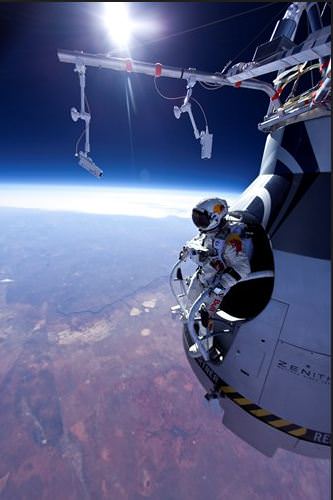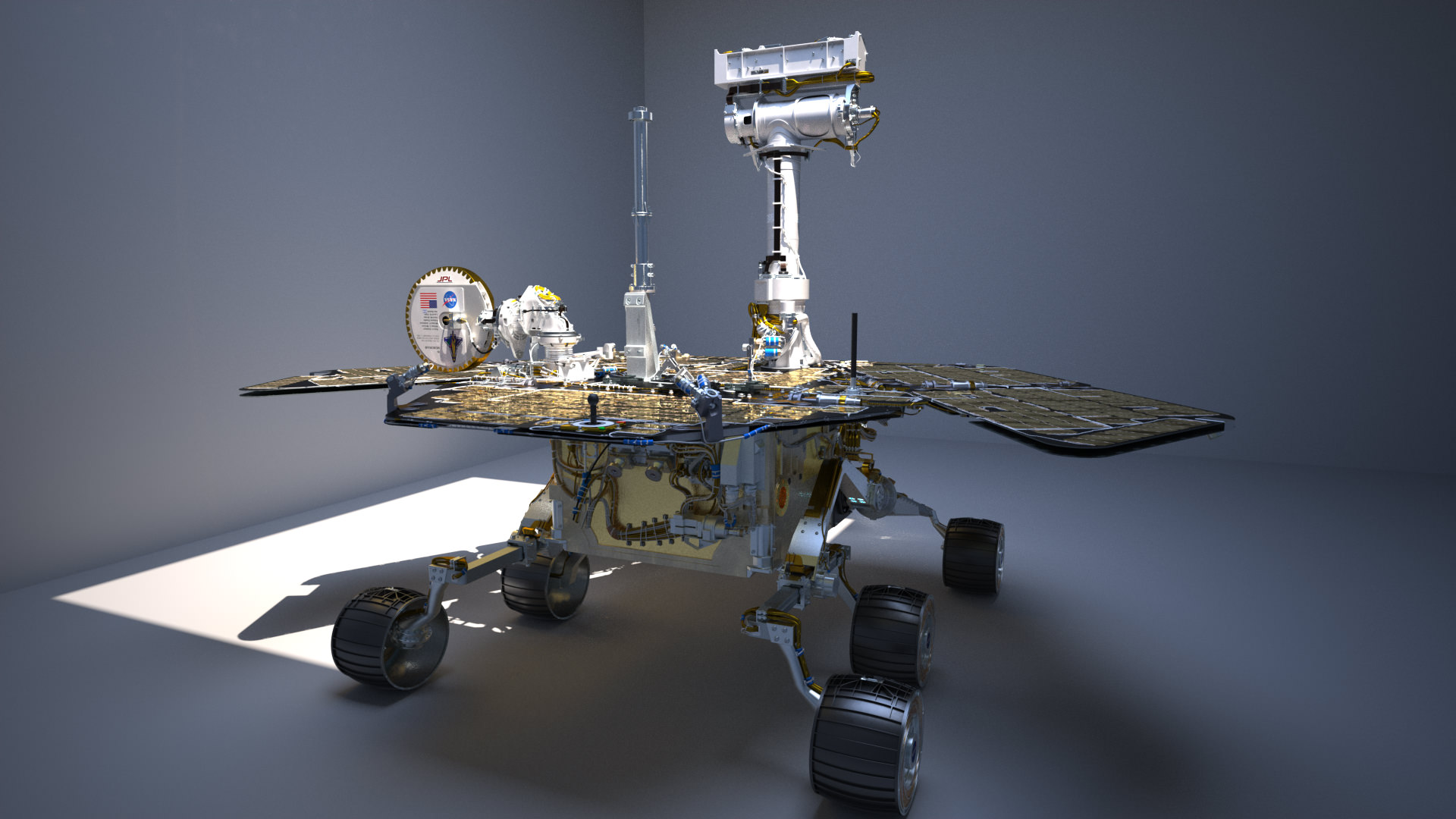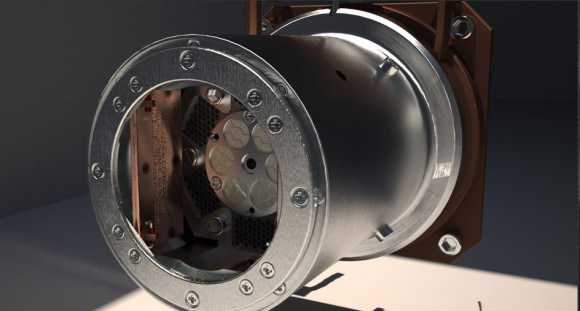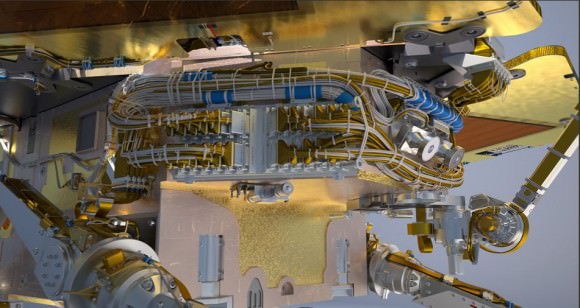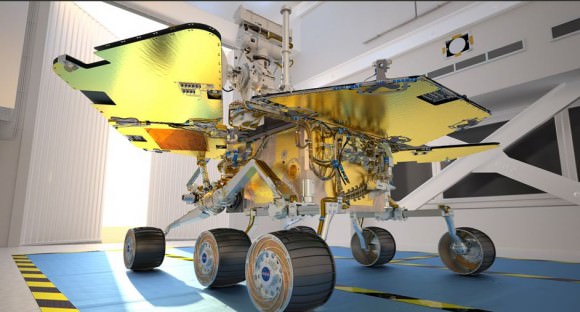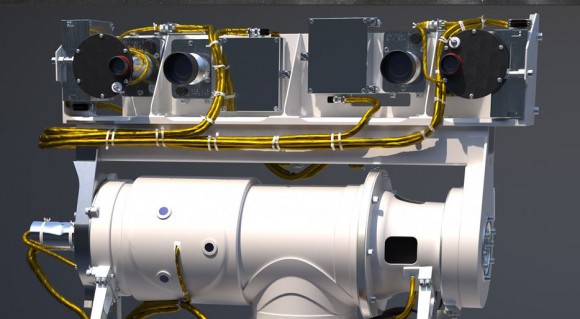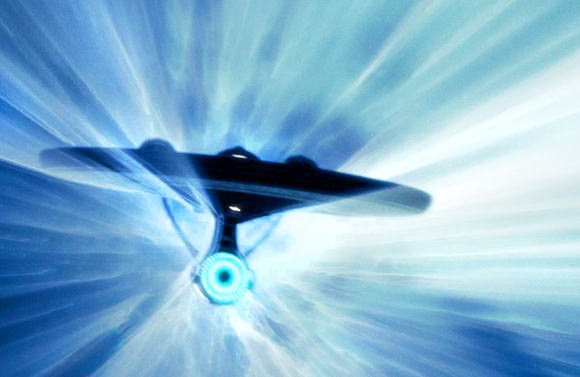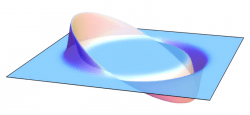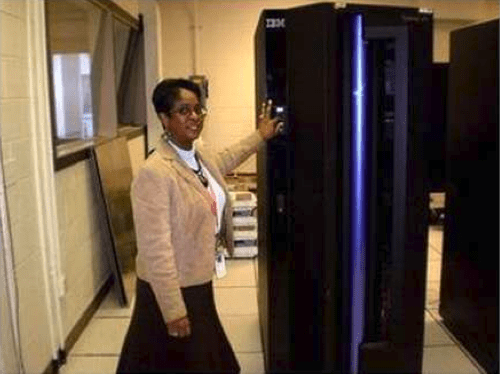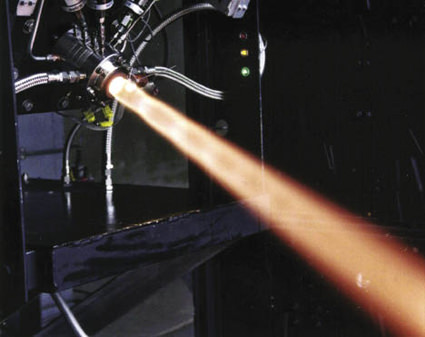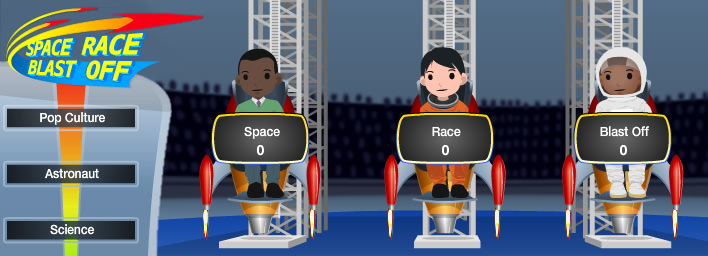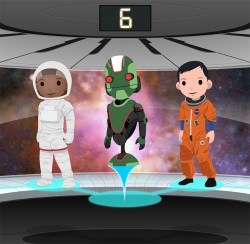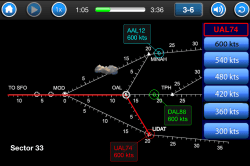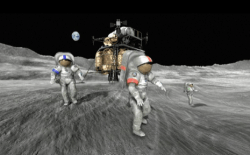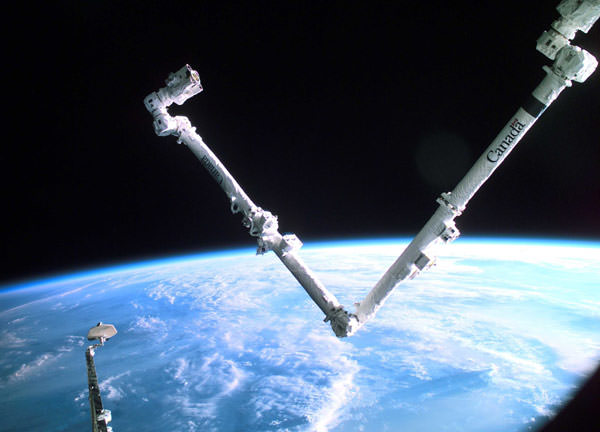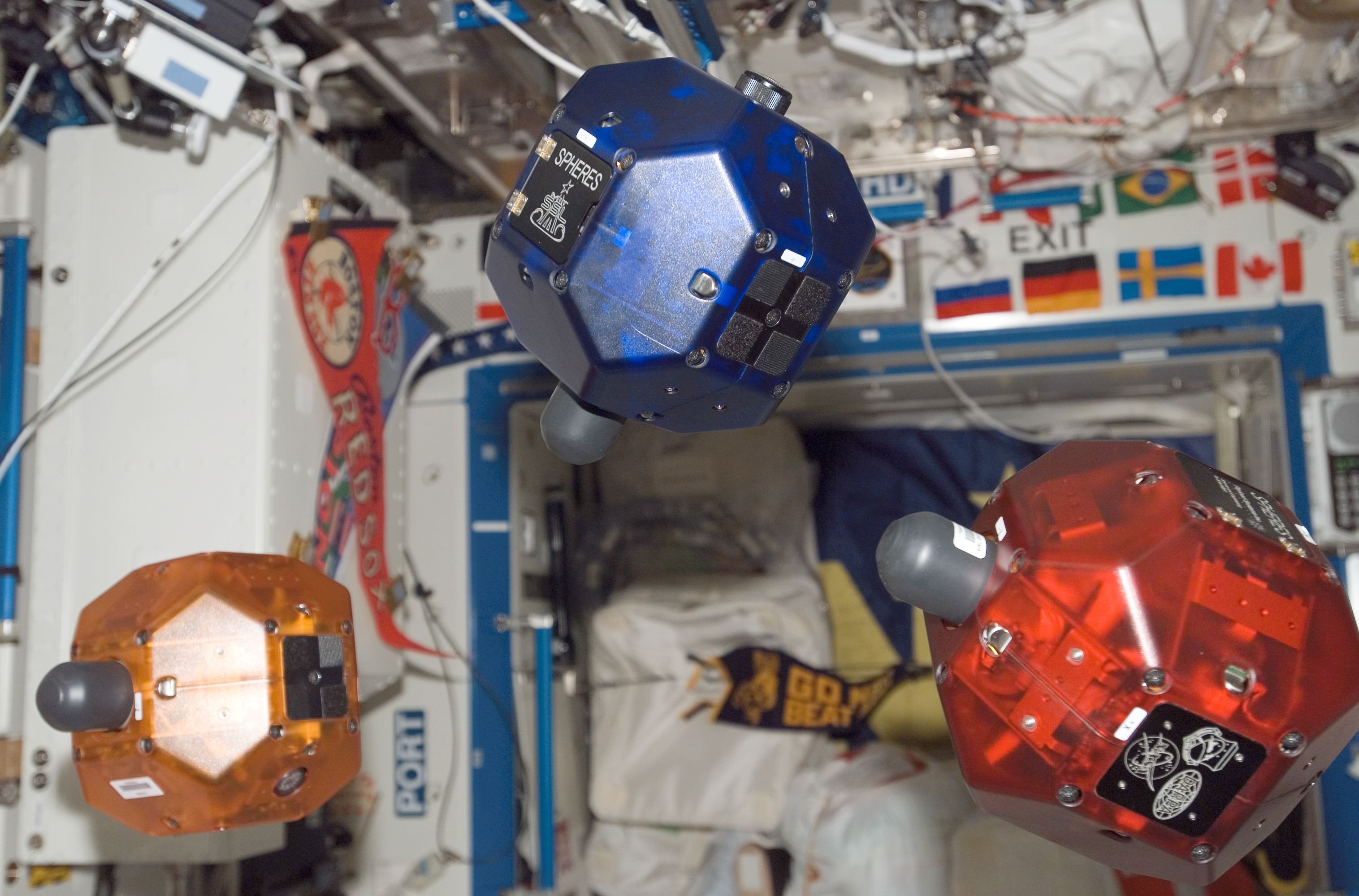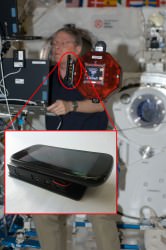[/caption]
Austrian skydiver Felix Baumgartner took a practice jump today, (March 15, 2012) to help him prepare for his leap from the edge of space later this year where he hopes to not only break the sound barrier with his body, but also break the record for the longest freefall. In preparation for his Red Bull Stratos mission, Baumgartner rode his specially-made pressurized capsule via a helium balloon and jumped from an altitude of 21,818 meters (71,581 feet, 21 kilometers, 13.5 miles) from the skies near Roswell, New Mexico.
“Felix can consider himself part of a very exclusive club today,” said a spokesperson from the Red Bull Stratos mission, “joining Joe Kittinger and Eugene Andreev (USSR) all who have jumped from above 70,000 feet.”
42-year-old Baumgartner is hoping to jump from 36,500 meters (120,000 feet) this summer, to break the current jump record held by Kittinger a retired Air Force officer, who jumped from 31,500 m (31.5 km, 19.5 miles) in 1960.
Today, Baumgartner’s freefall lasted 3 minutes 43 seconds, reaching a top speed of 586 kph (364 mph). Baumgartner deployed his parachute at 2,405 m (7,890 feet), by far the highest jump he has ever made, said Red Bull officials. And he was taken back by the difference: “I thought that I had to pull the parachute, then I looked at the altitude and realized that I’m still at 50,000 feet,” Baumgartner said in a press release.
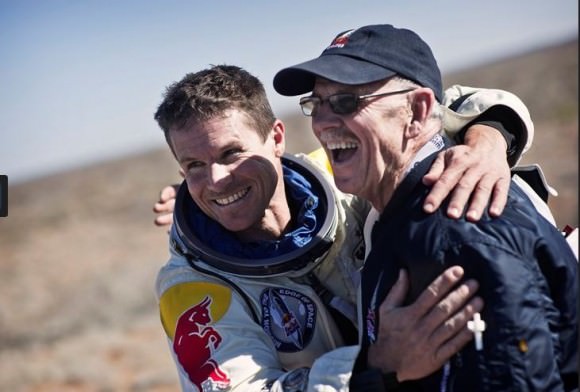
Officials said he was “super jazzed” about the jump today, saying “I can’t wait to stand on that step. I can’t wait!”
Today’s test was the first “manned” capsule flight lifted by a high-altitude balloon. Baumgartner flew above a life-critical zone known as the Armstrong Line, all the way to an estimated 21,818 meters. Above 18,900 meters (62,000 feet) is not survivable without a pressure suit, and at that height, Baumgartner also experienced the coldest part of the atmosphere with temperatures as low as -70 C (-94F).
Baumgartner said later the most difficult part was the extreme cold he encountered. “I could hardly move my hands,” he said. “We’re going to have to do some work on that aspect.”
Reportedly Kittinger, now 83 and who is on the team assisting in the mission, sent Baumbartner a message before he jumped: “Felix, you’re going to have one heck of a view when you step out of that door… enjoy the experience.”
Baumgartner landed safely in an open field just to the east of Roswell, New Mexico. “This test serves as the perfect motivation for the team for the next step,” said Baumgartner after he touched down, referring to his upcoming record-breaking jump attempt.
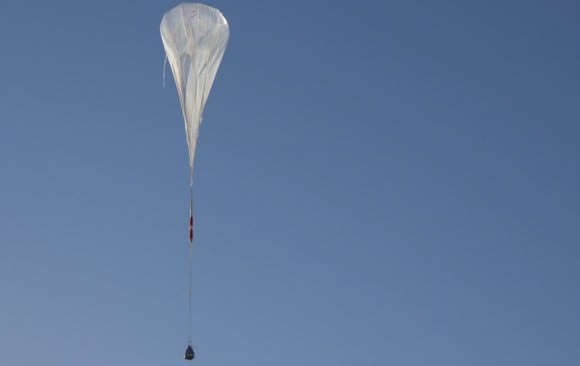
For more info see the Red Bull Stratos website.

